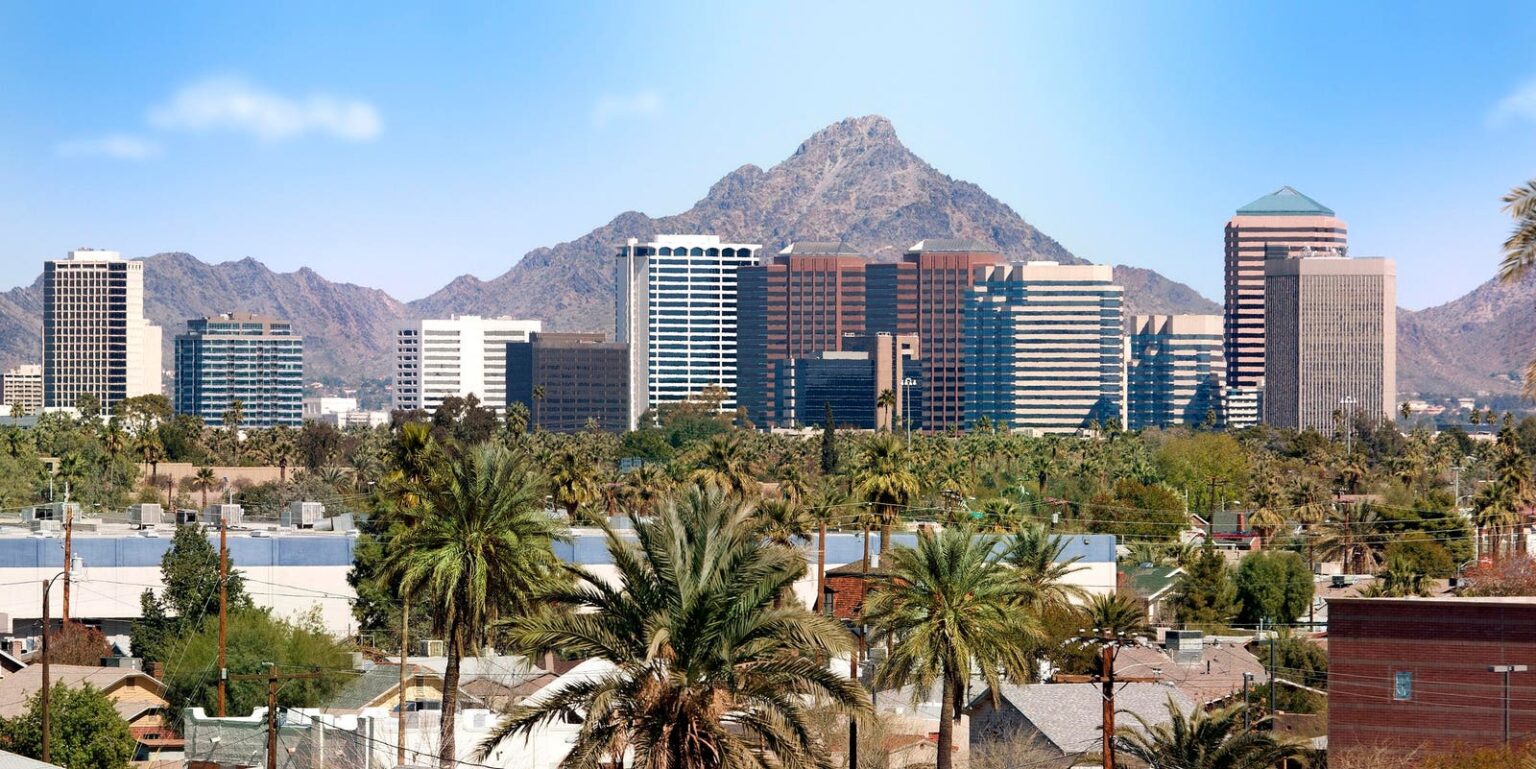Arizona has experienced significant demographic and economic growth since the post-World War II era, transforming into a prime example of the Sun Belt expansion. As of the early 20th century, specifically in 1910, Arizona’s population was a modest 294,000. However, as the state evolved, the population surged, reaching 1.75 million by 1970, with growth rates averaging between 20% and 60% each decade. Recent data from the Census Bureau indicates that Arizona’s population has exceeded 7.43 million as of the 2023 American Community Survey, with an increase of nearly 300,000 people just between 2020 and 2023. This rapid growth reflects not only a demographic shift but also profound changes in the economy and social structures within the state.
In an ongoing analysis by data researchers, a closer look is being taken at the wealth distribution across cities within Arizona. This study encompasses 463 cities, or “places,” to identify the wealthiest cities in the state based on various financial metrics. Researchers focused on key financial factors, including median household income, mean household income, median home values, and median property taxes paid. By analyzing these data points, the researchers have compiled a ranking of Arizona’s 25 wealthiest cities, providing valuable insights into the economic landscape of the region.
To formulate the ranking of the richest cities in Arizona, data was gathered from the Census Bureau’s 2023 American Community Survey. Specific metrics were used: median household income, mean household income, median home valuations, and median property taxes. As the Census Bureau has upper limits for certain figures and lacks precise values for some factors, mean household income serves as a more accurate measure of wealth. These four financial indicators were scored and combined to determine the rankings of the cities. It’s important to note that some places identified as cities could also be viewed as neighborhoods or retirement communities, given the nature of Census Bureau classifications.
Among the rankings, Paradise Valley emerges as the wealthiest city in Arizona. Nestled east of Phoenix, this town boasts a median household income of $203,659 and a significantly higher mean household income of $385,643. With a population of over 12,600, the primary employment sectors include healthcare, professional and technical services, and finance. Paradise Valley features extraordinarily high property values, averaging above $3.2 million per home, resulting in a median property tax payment of $9,166 per year per household. The combination of high income and property value underscores the city’s status as Arizona’s richest.
Fort Valley, a census-designated place situated near Flagstaff, ranks as the second wealthiest area in Arizona. While it remains predominantly rural with farms and ranches, its economic profile has significantly improved. The median household income here is $144,471, with an average income of $190,754. Despite having only 729 households, Fort Valley’s real estate market has flourished, with recent home sales reaching a median price of up to $2.05 million. Property taxes are comparatively lower, with a median payment of $4,190 per household.
Rio Verde, another affluent master-planned community, secures the third spot on the wealth ranking. Located east of Scottsdale, its median home value is recorded at approximately $823,000, reflecting a 0.6% increase year-over-year. The workforce in Rio Verde is largely concentrated in retail, transportation, and various service industries. The city has a median household income of $127,073 and an average household income of $169,906, placing Rio Verde among the top cities in terms of wealth in Arizona. As these findings illustrate, the economic dynamics across Arizona highlight significant disparities and burgeoning growth areas, adding depth to the narrative of the state’s evolution.
Together, these analyses of income, employment, and housing values create a comprehensive picture of the richest cities in Arizona, illustrating how changing economic landscapes shape communities. Through data, we can see wealth clustering in specific areas influenced by diverse factors, from employment opportunities to living costs and property values. As Arizona continues to grow and evolve, understanding these metrics is essential in addressing urban planning, social equity, and sustainable development challenges that lie ahead.

